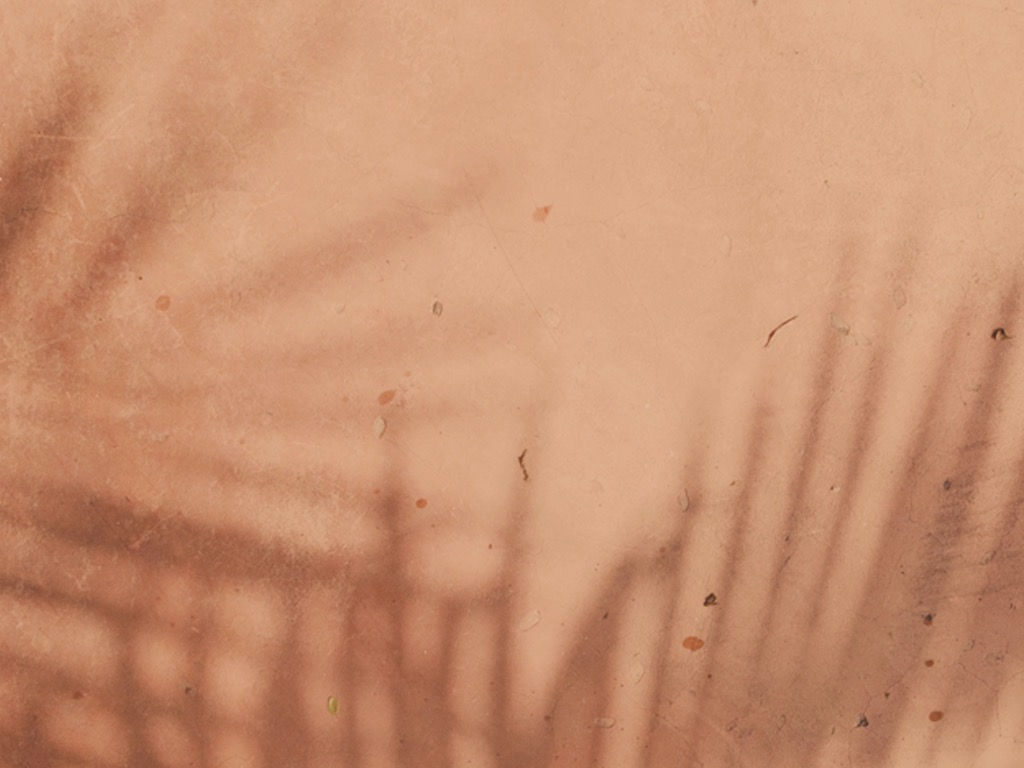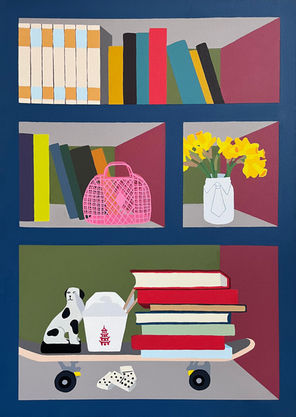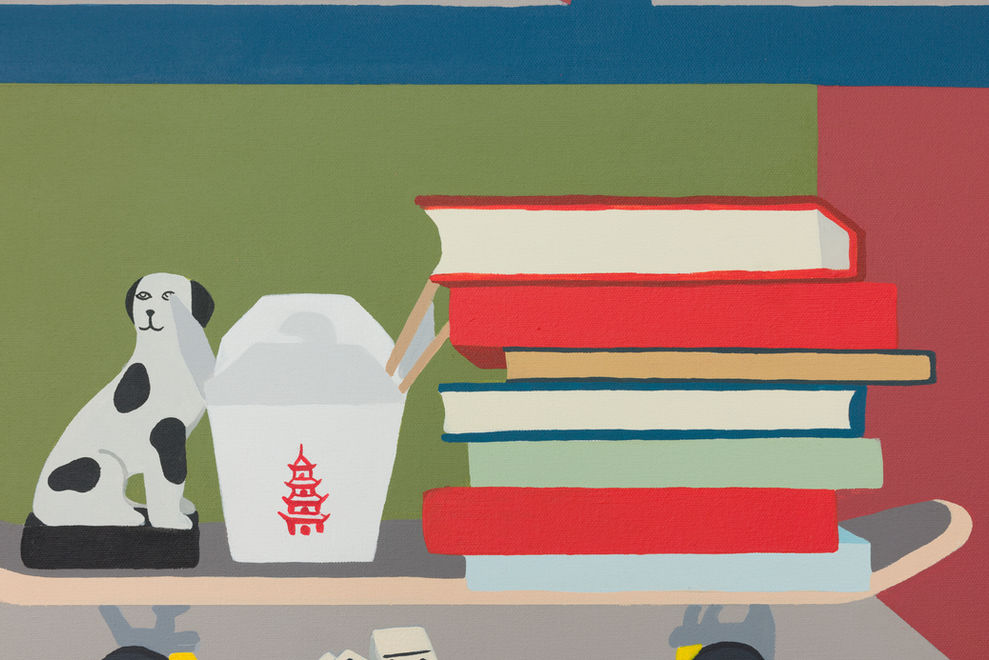


Catalina Jaramillo
Jeffly Molina
Andrea Villalón
Featured Artists
Exhibition Highlights
Exhibition Info
"Home is the place that, when you have to go there, they have to take you in." - Robert Frost
The home is a sacred space, not in the religious sense but rather in the sense that it is a place of retreat, an intimate space. It is what is woven from personal relationships with oneself and others, it is the place where traditions are lived and identities can be developed. Home is not only the place where one is born or where the family is, but rather, somewhere one aims to help create. More than a physical construction, the home, where we live, represents a space that one has made part of oneself, a space filled with familiarity, comfort and emotional attachment. When you return home, it is a return to yourself and, in this sense, the works in this exhibition show a broad horizon that crosses personal identity, social relationships or self-reflection, as well as a sense of possession and belonging. A home tells a story and, for women in particular, the home expresses both an intimate and socially shared aspect of that sense of belonging. The concept of a home takes on another dimension with the consideration, or added value, of being a Latin American home.
Mi Casa, Tu Casa approaches the home in its multiple definitions, a place that is both material and immaterial, the show explores the intimacy that unfolds in this space. From the physical to the metaphorical, the exhibition proposes a response around the relationship between people and their homes, through the different artistic languages of three artists, Catalina Jaramillo (b.1981, Medellín, Colombia), Jeffly Molina (b.1989, Táchira, Venezuela), Andrea Villalon (b.1995, Uruapan, Mexico), who explore an autobiographical expression reflected in their home environments, through painting. At times subversive to this notion, at times complacent, the artists explore the spectrum of realities that the home proposes. Whereby the Latin home involves a predefined notion of what it means to be a member of a family, a woman or a housewife.
Memory and imagination are decisive in the home, because through them one not only experiences the home on a daily basis, but also develops a sense of their own self while preserving the treasures of the past. Memory and home are, precisely, two of the pillars that support Jeffly Molina’s work. Her paintings are inspired by personal history and daily life in places she has lived in Venezuela and the United States. Painting from photographs that she stages and shoots at home or in her studio, she creates still-lifes and figurative compositions to reflect on her experience of home, family and work. These works present a survey of people, rituals and experiences that have shaped her life and identity.
At the heart of the exhibition, a large house, Progress of Love, is inspired by the artist’s memories and moments of her present, specifically her experience of marriage and creating a home. Some of the elements present in the latter work are repeated in the other paintings and works on paper. Their presence comes alive. A self-portrait is inspired by the emotions that have guided and stemmed from the pursuit of her dreams and by a persistent feeling of loneliness that often accompanies one since childhood. A pair of single-object still life paintings titled ‘Homemade Sculptures’ acknowledge her experience of finding a home while recording and describing her interior life. In painting these ephemeral arrangements, Molina permanently extends their life. These paintings specifically address what it feels like to create a home after many years of searching for one. They seek to render a state of vulnerability and transience. A series of watercolours featuring birds reference a time long past, an epoch of her parents growing up in a family not yet dispersed as a result of the dictatorship, a Venezuela of yesterday that today's nostalgia transfigures. These images that traffic in everyday life and a history of migration speak of what life is made of: memories, family, work, loss and love.
The home has some particular elements that always remain marked in memory; shapes, smells, colors and textures that take one back in time, elements of nostalgia, and manifestations of intimacy that provide an insight into what happens inside a home. Over time, the home becomes a landscape, an enigmatic, never banal landscape that reveals the nuances of one’s habits and one’s character, telling one’s life from the objects accumulated and how they are arranged. One doesn't necessarily need to see the people who live in a home to understand the universal codes that run through it and that are key to building a sense of belonging.
Catalina Jaramillo Quijano creates visual narratives where objects, familiar or not, that have populated or still populate one’s interior, are protagonists. Inspired by the so-called ‘chaekgeori’ (“books and things”), a genre of 18th-century Korean decorative painting, commissioned by the aristocracy to reflect their personality or invent a new idealized identity, each of her shelf paintings is itself a small collection, where series of objects appear and begin to dialogue with the viewer and weave an entirely personal story. Titled after Francis Ponge’s collection of poems, ‘Le parti pris des choses’, where he describes and reflects upon the beauty of everyday elements, each chosen for their extreme banality, often forgotten in their use, this series of paintings represents a continuation of the artist's interest in research and writing represented through books and libraries. Her pictorial language reduces the objects to their most basic forms, choosing to capture things from their smallest characteristics, blocks of colour and geometric shapes, an alternative language to writing. Jaramillo’s work invites us to reflect on the spaces we inhabit every day and to question how we inhabit our homes and how our anonymous objects speak of our history.
A home is a place that is both material and immaterial. In its closed environment, far from the external gaze, it is possible to find refuge and consolation in the home's interior where a sense of intimacy unfolds, like a kind of real dream that shelters us.
Many write so as not to forget. Andrea Villalón’s obsession with not forgetting her life has led her to portray it meticulously, painting a visual diary. This, and a great interest in the study of herself, has resulted in a oneiric world, poetic and surreal. Her work, an exercise in sublimation, has something very graphic and presents a nostalgic and reflective speech based on the artist's personal experiences and everyday life. Giving a melancholic depth, in a palette of bright colours, she visits feelings and emotions and lets herself be guided by intuition in each brushstroke.
As a result of these reflections, her work directs the gaze towards the transience of life and the passage of time. In her `The Awakening of Character`, a bees’ nest, a growing puddle under a leaky faucet, like classic memento moris, recall the fleeting nature of life. Through elements of the sinister, contained violence and nihilist humour, Villalón presents the vicissitudes of the everyday, but also, in a wider context, portrays the impressions of growing and navigating adult life in a world that stopped offering stability or a sense of security, where all social expectations and the routines we associate with reality seem ever stranger and more distorted.
The home is a narrative reservoir: it recounts one’s singularities. To enter Mi Casa, Tu Casa is to enter the universal ether of voices and images of the stories from the past, the reality of the present and the desires of the future.
















